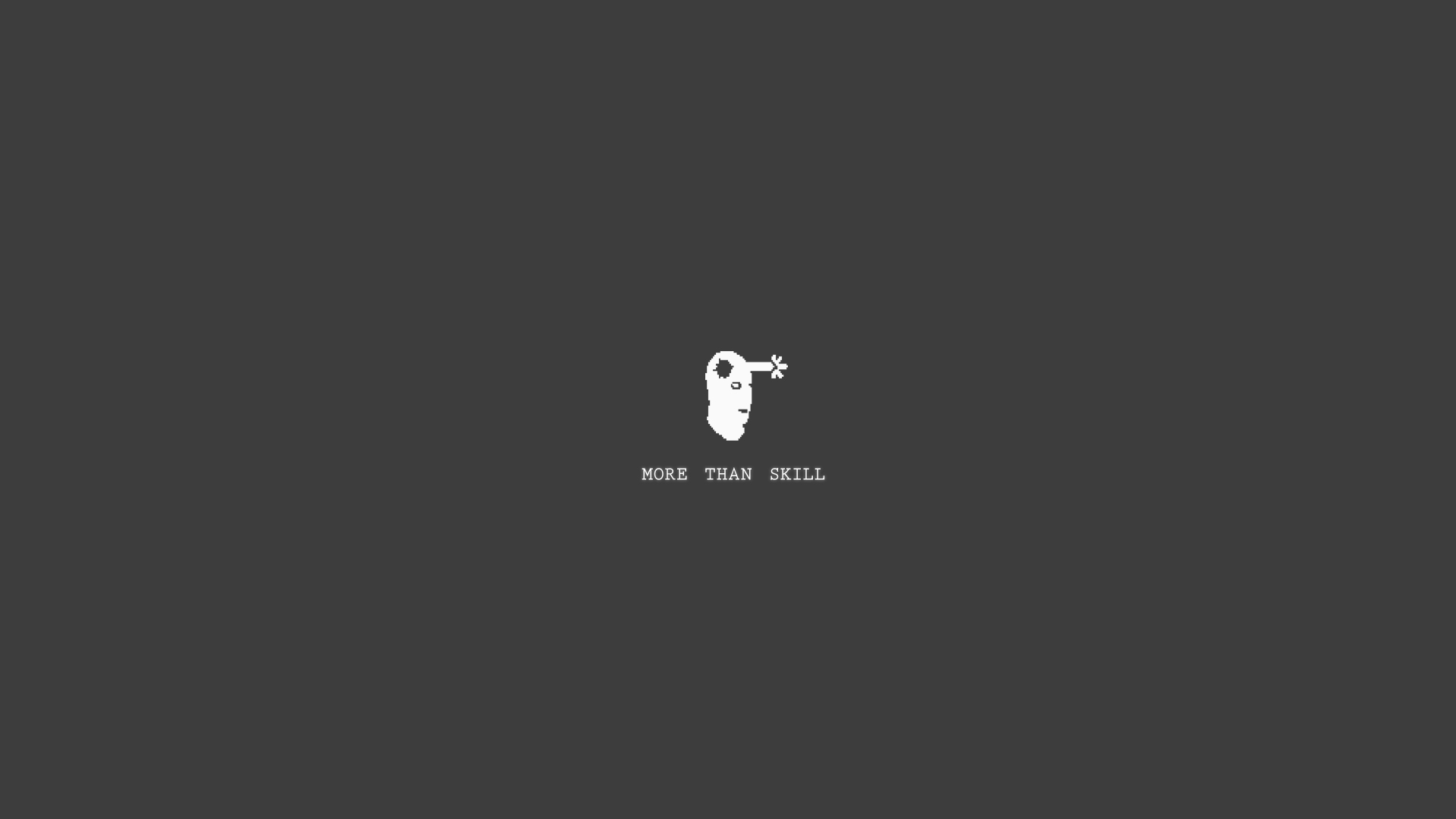

- #The simple desktops install
- #The simple desktops full
- #The simple desktops Pc
- #The simple desktops mac
With their small size and dialed-down power, they save you not just money, but space, which can be crucial in certain usage situations.
#The simple desktops full
The smallest of these systems measure just a couple of inches tall and only a few more across, while several of our top picks are mini boxes just a few inches tall and wide-and it's hard not to marvel at these systems running full Windows 11. You'll also see an assortment of (impressively) small boxes, bare boards, micro towers, and even some stick-shaped PCs to choose from. These remain some of our favorites for the money, as time-tested solutions to home computing. This allows traditional small- and midsize-tower PCs to thrive in this price range.
#The simple desktops Pc
Modern components have made the PC performance baseline very solid, even on a $500 tower, versus what it used to be. What's immediately obvious about most of these budget PCs? How they look. Budget PC Form Factors: What Size Do You Need? You'll find plenty of crossover between the two, but not every tiny PC is inexpensive. If you're interested specifically in tiny PCs but budget is less of a factor, also check out favorite mini PCs overall. Read on to see what to look for in these systems, and what kind of components you can find inside.
#The simple desktops mac
Apple has one, as well: the Apple Mac mini sits toward the top of budget pricing (starting at $599), but is undeniably appealing. Compact-system specialists such as Azulle, ECS, Shuttle, and Zotac focus on this area, and some broader PC players such as Asus have offerings in this category, too. Intel is a big player, but not the only one when it comes to small, inexpensive desktops.
#The simple desktops install
These machines can be bought as fully configured systems, or, for the more DIY-minded, as barebones kits that enable you to install components of your choice. Intel's Next Unit of Computing (NUC) mini-PC line is among the most configurable, with plenty of variation among its models. If you're looking at a very small system, mini PCs tend to come in a limited set of models to choose among, tightly designed to do what they do well. Shopping for a budget desktop isn't too different from standard desktop-buying considerations, but there are some key things to know. The closer-to-full-size towers, meanwhile, can do just about everything you expect from a modern home PC.

They come in a few different shapes and sizes, most tending to the small. They can even run web-based games, should you have the desire. These PCs are certainly able to surf the web, stream videos to a monitor or big TV, operate a public display, or allow you to work on simple documents and other everyday productivity tasks. Now, a handful of our chosen picks above may not be what you normally picture when imagining a desktop, but you'd be surprised at the capability of some of these small boxes. Why doesn't it match the card?! I've clearly missed something.Below, we've listed the best budget desktops for 2023 that we've run through our full gauntlet of testing, followed by a detailed buying guide that'll answer your most common questions before making a purchase. But I double checked that the model relationships are the same to the date table as well. The only difference between the ones that are working, and this broken Attrition measure is different source tables. The weird part is, I've done the same measure for other metrics, and they calculate correctly in the table showing a 0 or 1 for the respective month (MCGood, TNMCMGood), while the Attrition measure, which as far as I can tell is exactly the same.always shows a 1 and doesnt match the card visual. HOWEVER, when I reference this measure in a table I created, in the "ATTGOOD" column, every row (month) shows 1, and doesn't match the card for the months where it's 0. It calculates correctly as I use my slicer to select the other months. The AttritionRate is 22.6% and the AttritionGoal is 20%, so the measure correctly displays 0 in the card visual. These rates are calculated by month with a relationship to an associated Date table based on a YearMonth column.ĪttritionGood = if('Devs' <= 'Devs', 1, 0) It is set to 0 or 1 depending if the measure meets a goal.


I have a measure that contains an IF statement.


 0 kommentar(er)
0 kommentar(er)
